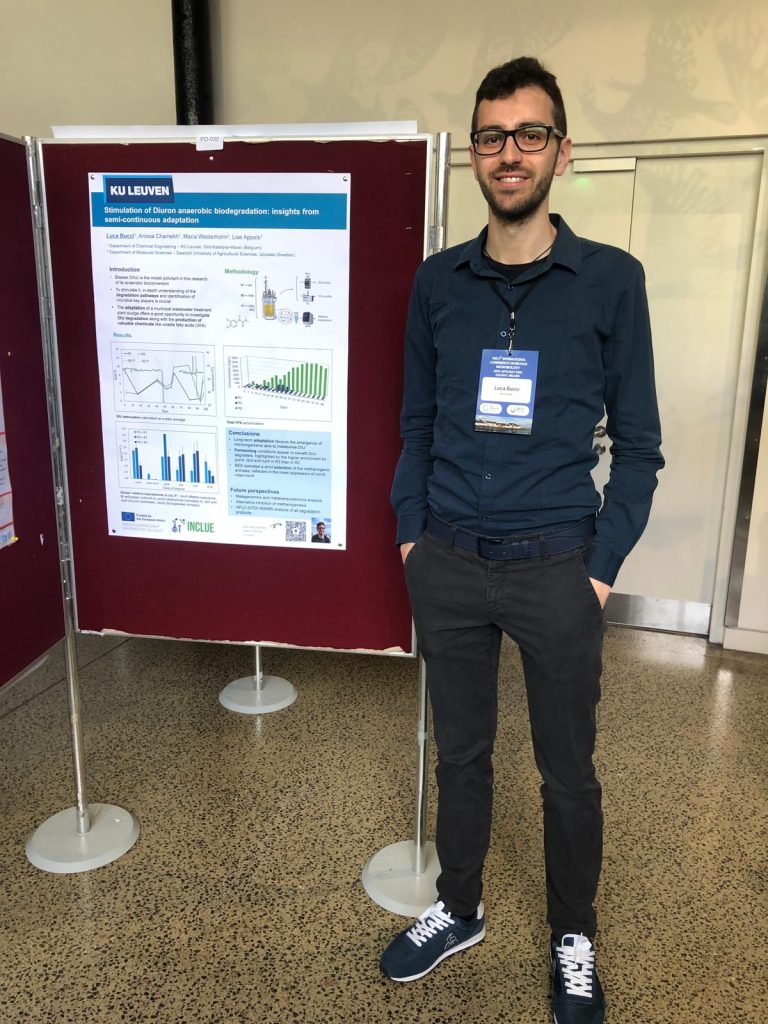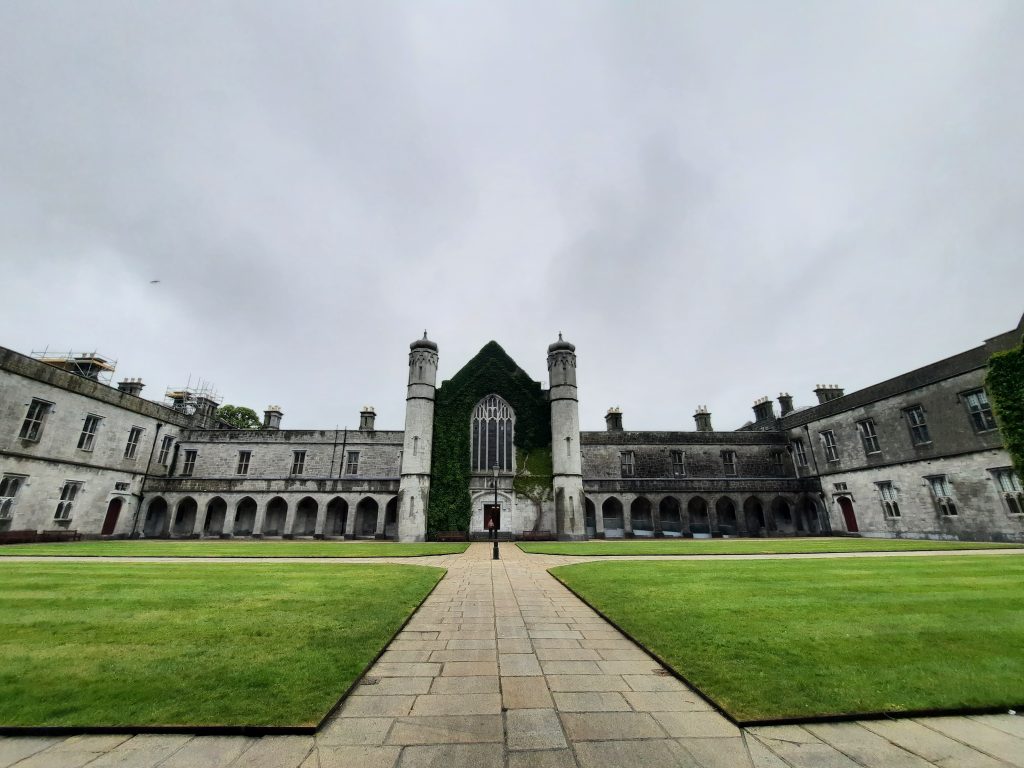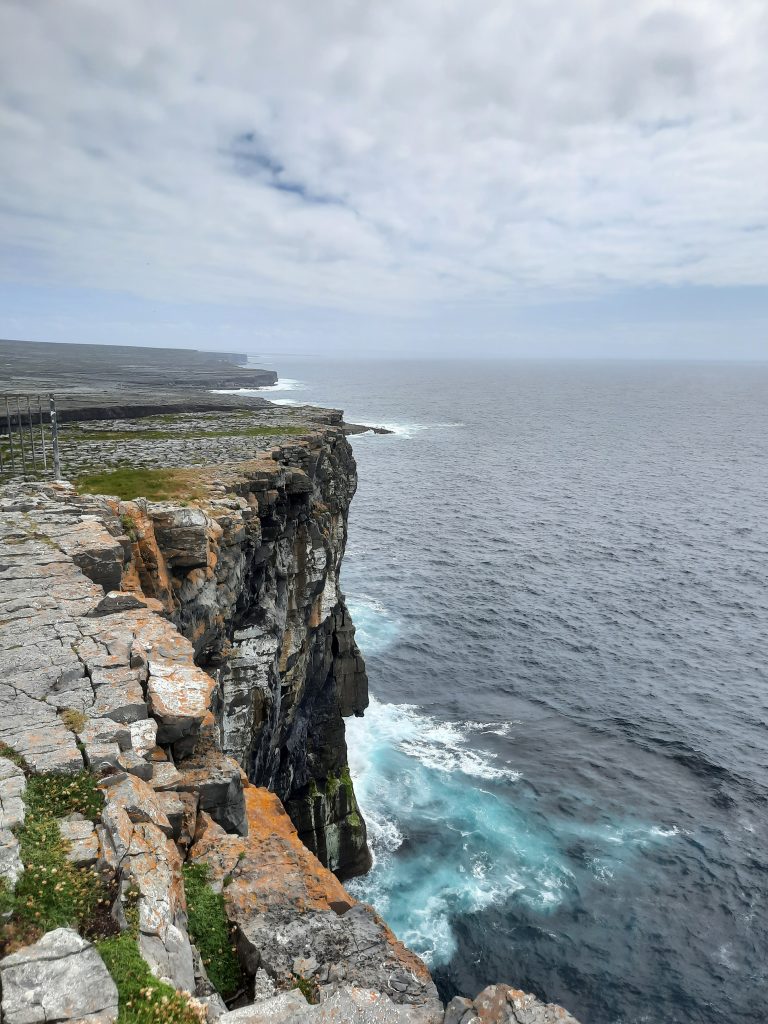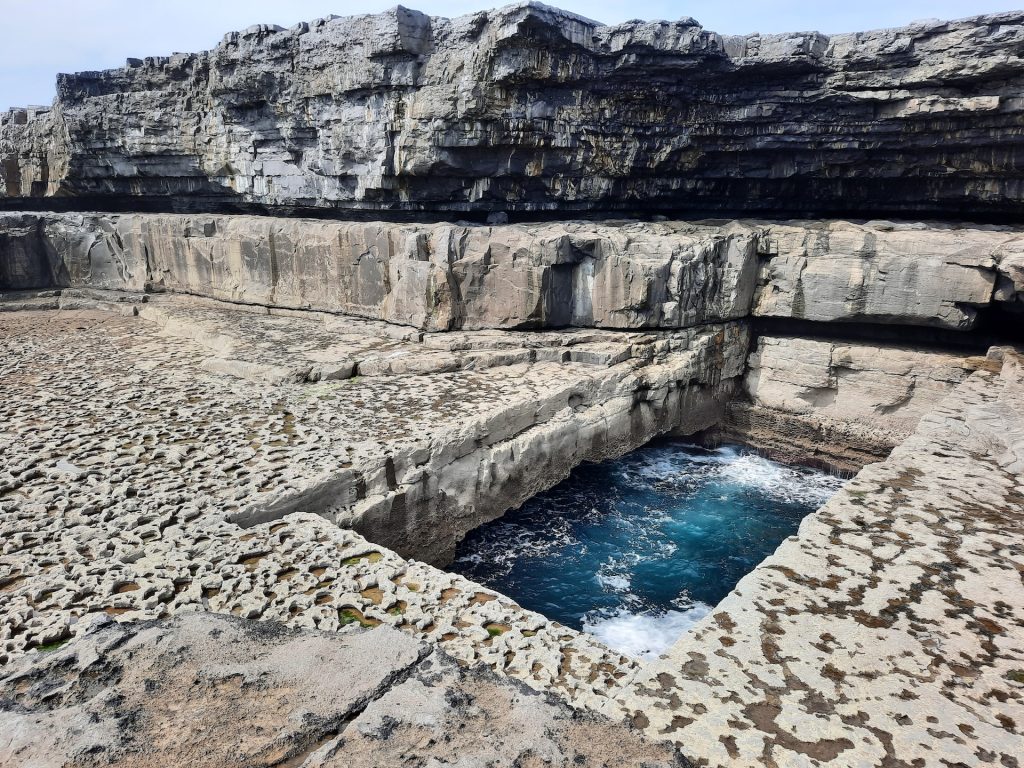As I write my first blog post, I’m sitting at the airport, waiting to board my flight back to Belgium after an intense and inspiring week. At the end of May, I had the opportunity to attend The 5th International Conference on Biogas Microbiology (ICBM5) in Galway, Ireland – my very first scientific conference as a PhD researcher.

I proudly represented the INCLUE project by exhibiting my first doctoral research poster, titled “Stimulation of Diuron anaerobic biodegradation: insights from semi-continuous adaptation”. It showcased some early findings from the first, major part of my PhD journey: adapting a microbial community to anaerobically biodegrade the herbicide I’m studying. Sharing these preliminary results in such an open and supportive environment was incredibly rewarding.

The talks were packed with inspiration and technical insight. Highlights included struggles and successes on anaerobes’ isolation, engineering direct interspecies electron transfer to boost methanogenesis, using flow cytometry to monitor microbial populations, exploring micro-aeration strategies, and producing valuable medium-chain fatty acids. These talks sparked new ideas and inspired my outlook on the field.
As I was saying, sharing this openly allowed me to strengthen my perception of being part of a big scientific community, made up of experts who genuinely listen to and learn from one another with curiosity and respect.
I met so many kind and brilliant colleagues from around the world, and we bonded not only over scientific ideas and successes, but also over the inevitable frustrations of research (Yes: frustration is part of the process, but having people to share it with makes all the difference!).
The atmosphere at ICBM5 was both intellectually stimulating and personally welcoming, thanks to the warm-hearted organising committee and the vibrant energy of Galway. It’s hard to put into words why exactly, but the city found a place in my heart – despite its famously unpredictable weather. The mix of academic exchange and cultural discovery made the experience all the more enriching.

Outside the conference halls, I found time to explore – moving between the medieval charm of the city centre and the breathtaking cliffs and prehistoric landmarks of Inishmore (Aran Islands). I’ve always found that immersing myself in new places helps me process big experiences, and this trip was no exception.


Now, as I head back home, I feel enriched not only on a scientific level but also personally and culturally. I’m grateful for this first step into the wider academic world – and excited for what’s to come!
Luca Bucci (DC5)

